Scope of work / Supported industries
Examples of main aluminum casting products
This is an example of the aluminum casting products that we mainly cast.
Please feel free to contact us if you have any questions that are not listed below.
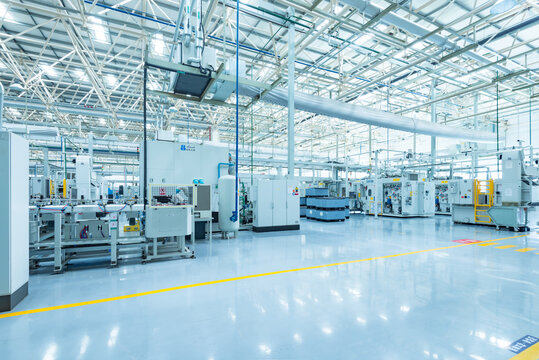
Industrial machinery/precision equipment
Mechanical parts for electrical and electronic equipment
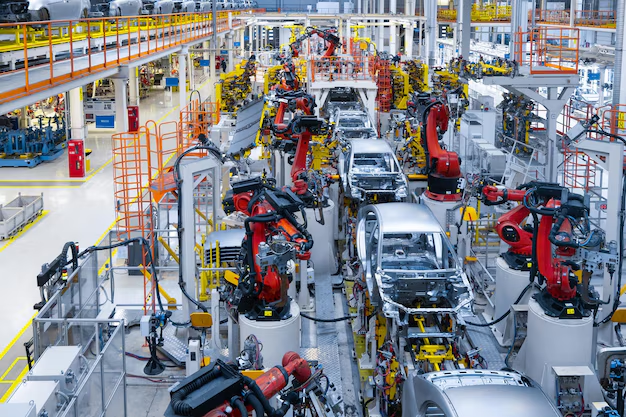
Related parts for four-wheeled vehicles and two-wheeled vehicles

Parts for medical equipment and beauty equipment

Parts for lighting and display related equipment
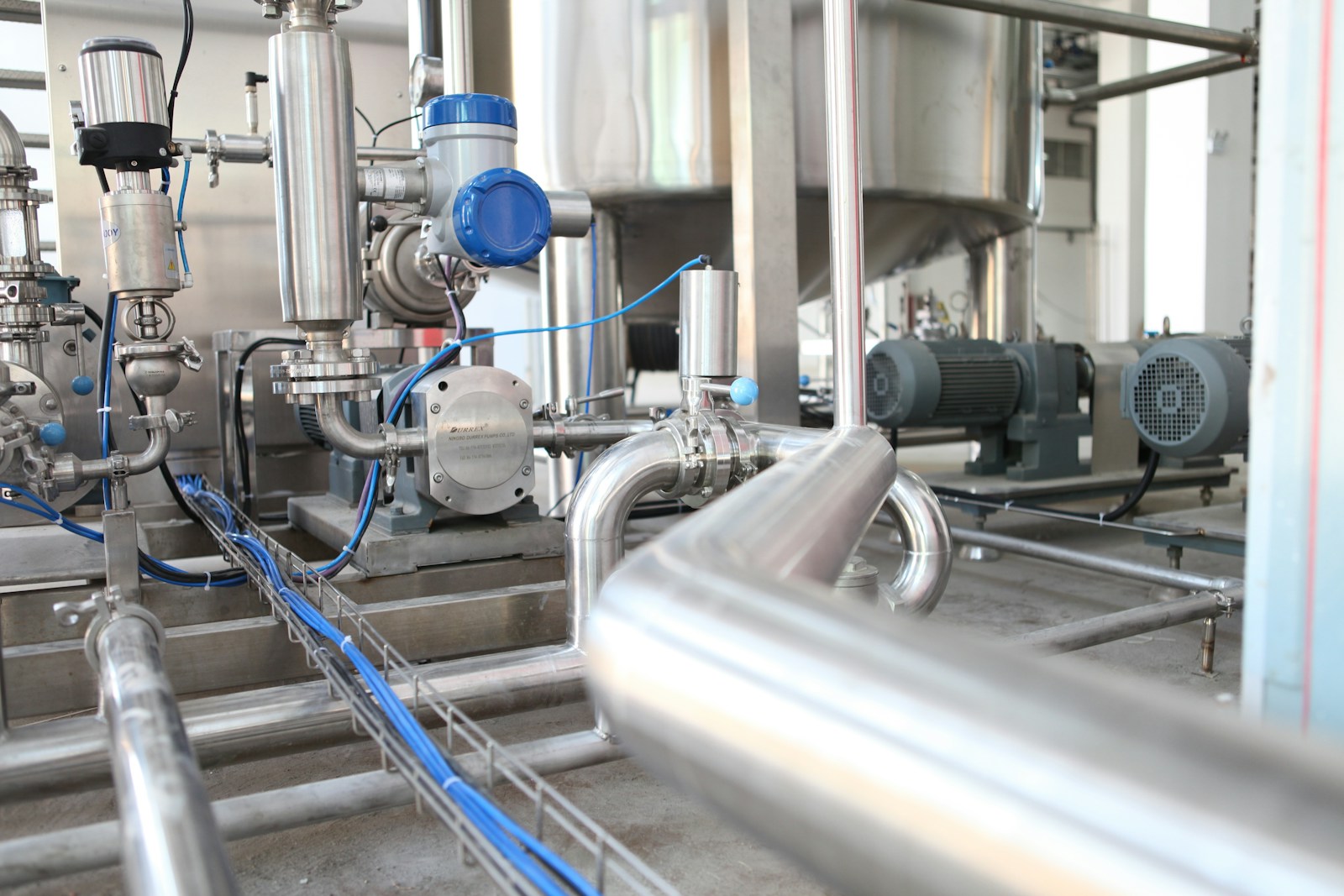
Parts for food-related equipment
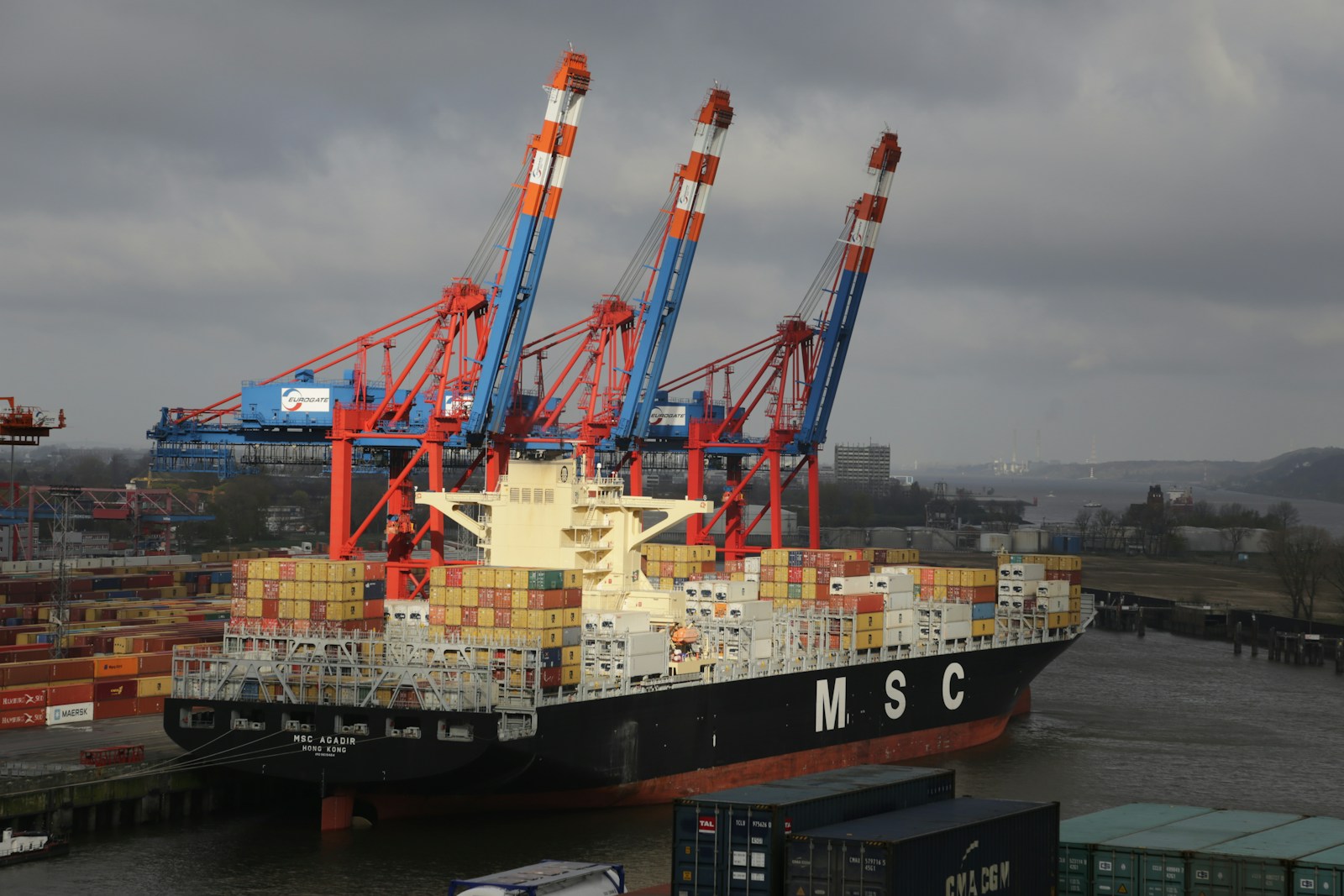
Parts for ships and industrial vehicles
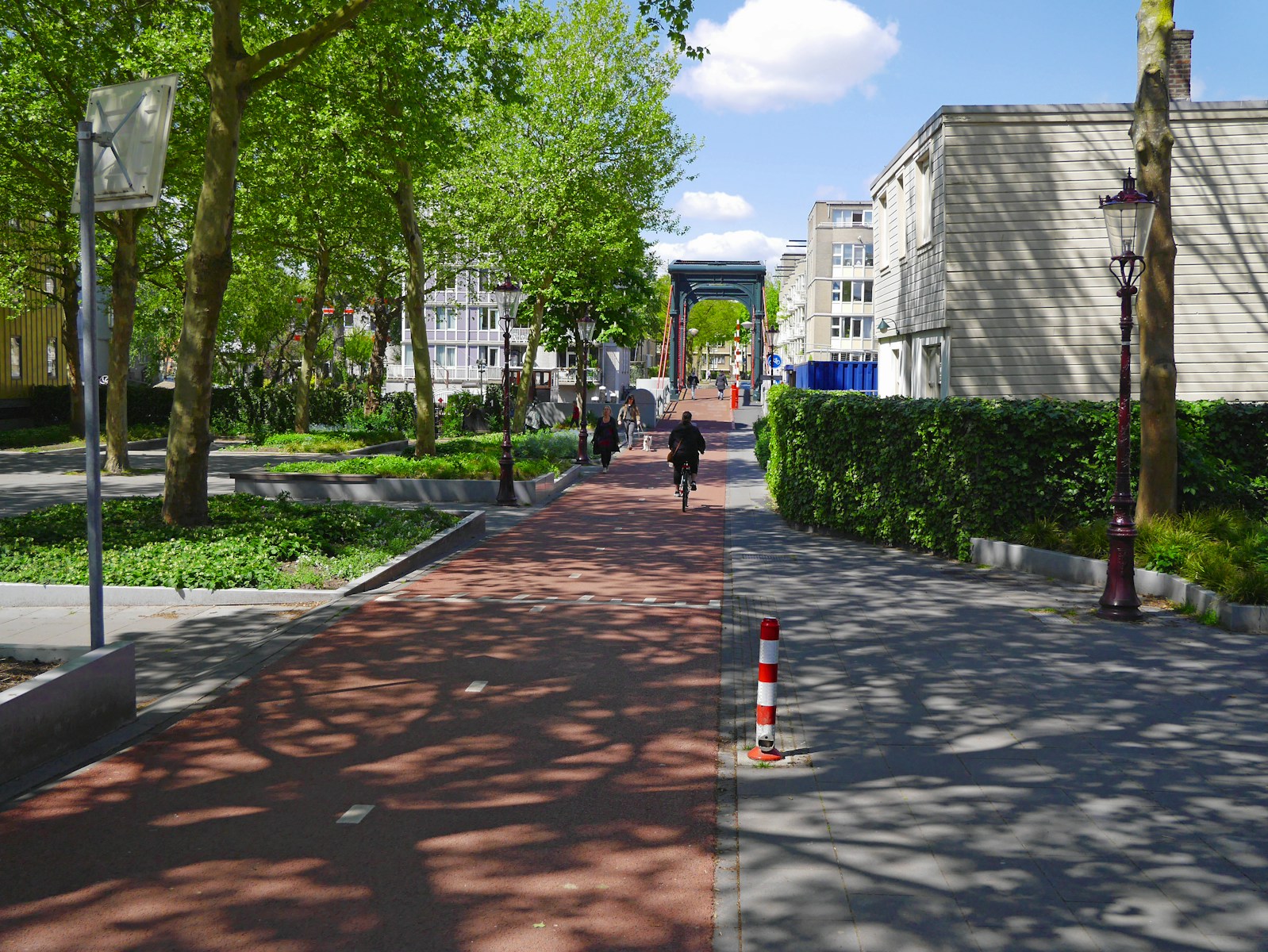
Parts for public facilities and park related equipment

Road/railway related parts/parts
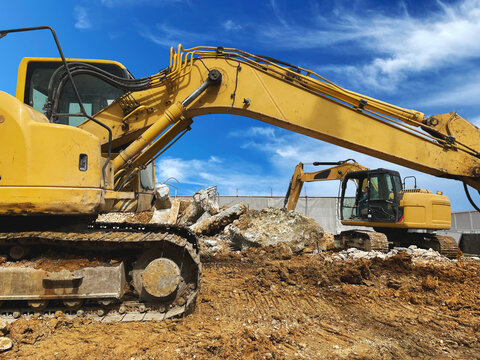
Materials for tools and civil engineering equipment
Available aluminum casting methods
Choosing the appropriate casting method will lead to cost reductions and shortened delivery times in the production of aluminum castings.
We will listen to your needs and propose the most suitable casting method.
Classification by mold
▼Sand casting method
V process
Biomold method
Carbon dioxide type method
Shell mold method
Cold box method
Self-hardening mold method
▼Mold casting method
Gravity mold casting method
Low pressure casting method – Differential pressure casting method
High pressure casting method (molten metal forging method)
Die casting method
Classification by pressure
▼Modeling technology
◆V process casting
A special plastic film is used for the mold.
Features and benefits of V process casting
High-precision castings: By adhering the film to the sand, more precise molds can be made, making it possible to manufacture castings with high dimensional accuracy and complex shapes.
– Beautiful casting surface: Since no binder is used, the casting surface is smooth and beautifully finished.
– Environmentally friendly: Since no binder is used, there is less industrial waste, making it an environmentally friendly casting method.
– Thinner walls: Thinner walls than traditional sand casting are possible, contributing to weight reduction.
Applications of V process casting
V process casting is used in various fields such as automobile parts, aircraft parts, and industrial machine parts. It is especially suitable for manufacturing large, complex-shaped castings.
◆Sand casting
This is a casting method that has been used for a long time, and is a method of casting metal using sand as a mold. Sand casting is also widely used in aluminum casting.
– Molding: Using wooden molds or metal molds, we create sand molds that invert the shape of the product to be cast.
Characteristics of sand casting
– Capable of producing complex shapes: Sand molds have a high degree of freedom, making it possible to create castings with complex shapes.
– Can be used for large castings: Sand molds can be easily enlarged, so large castings can be made.
– Relatively low cost: Compared to die casting, sand casting has a lower initial cost.
Applications of sand casting
Sand casting of aluminum castings is used in various fields such as automobile parts, aircraft parts, and industrial machine parts. It is especially suitable for manufacturing prototypes, small-volume products, and large castings.
Types of sand casting
There are several types of sand casting.
– Green sand casting: A method of molding wet sand.
– Dry sand casting: A method in which wet sand is dried and then molded.
– Chemical sand casting: A method of hardening sand into a mold using chemicals.
Advantages of sand casting of aluminum castings
1. High degree of freedom in design
2. Initial investment is relatively low
3. Suitable for casting complex shapes
4. Suitable for large castings
Disadvantages of sand casting of aluminum castings
1. Poor dimensional accuracy
2. Large surface roughness
3. Not suitable for mass production
▼Pouring technology
◆What is low pressure casting method?
Low-pressure casting is a casting method in which molten metal is slowly injected into a mold at low pressure.
A mold is placed in a sealed furnace, and the pressure inside the furnace is increased to force the molten metal into the mold.
◆What is differential pressure casting method?
Differential pressure casting is a type of low-pressure casting method, in which molten metal is filled into a mold by creating a pressure difference between the top and bottom of the mold.
Specifically, by keeping the top of the mold at atmospheric pressure and applying pressure to the bottom, the molten metal is pushed up from the bottom.
Advantages of differential pressure casting method
Easy to control the filling speed of molten metal: By adjusting the pressure difference, the filling speed of molten metal can be precisely controlled. This can suppress defects such as blowholes and gas entrainment.
Suitable for casting thin walls and complex shapes: Since the molten metal is slowly filled, the molten metal is easily distributed even in thin walls and complex shapes, resulting in high quality castings.
Improved quality of castings: Suppresses molten metal oxidation and gas entrainment, resulting in castings with a dense and uniform structure.
Disadvantages of differential pressure casting method
High equipment costs: Compared to low-pressure casting methods, equipment costs are higher.
Not suitable for large castings: Because the top of the mold must be maintained at atmospheric pressure, it may be difficult to apply to large castings.
Applications of differential pressure casting method
Differential pressure casting is used to manufacture castings that require high quality and precision, such as automobile parts, aircraft parts, and electronic parts. It is especially suitable for manufacturing thin-walled, complex-shaped aluminum castings. .
◆Gravity casting
Gravity casting is a casting method in which molten aluminum is poured into a mold using gravity alone. Also called “gravity die casting” or “gravity casting.” Compared to other casting methods, it is characterized by the fact that it can be cast using relatively simple equipment.
Advantages of gravity casting
Capable of producing complex shapes: Although not as effective as die casting, it is possible to produce castings with complex shapes.
Highly airtight: Since the molten metal flows slowly, cavities are less likely to form, resulting in highly airtight castings.
– Low installation cost: Compared to die casting, mold and equipment costs are lower.
– Capable of producing large castings: Large castings that are difficult to produce with die casting can also be manufactured.
Disadvantages of gravity casting
Difficult to make thinner: Due to the slow flow of molten metal, it tends to be difficult to make thinner.
Low productivity: Productivity is low compared to die casting.
Dimensional accuracy is slightly lower: Dimensional accuracy is slightly lower than die casting.
Applications of gravity casting
It is used to manufacture medium to large-sized castings such as automobile parts, motorcycle parts, and industrial machine parts. It is especially suitable for parts that require strength and airtightness.
◆Die casting
Die casting is a casting method in which molten aluminum is injected into a mold at high speed and pressure. By applying pressure to the mold, the molten metal is spread to every corner of the mold, allowing it to cool and solidify in a short time.
Advantages of die casting
High dimensional accuracy: Molten metal is injected under high pressure, resulting in high dimensional accuracy and precision castings.
Possible to make thin walls: Thin-walled castings with complex shapes can be made.
Clean surface: Casting surface is smooth and has a beautiful finish.
– Suitable for mass production: Short cycle time makes it suitable for mass production.
Disadvantages of die casting
– High initial investment: Mold and equipment costs are high.
– Not suitable for large castings: The larger the mold, the more difficult it is to make the mold, and the equipment required to apply high pressure is also large-scale, making it unsuitable for large castings.
– It may not be possible to handle complex shapes: It may not be possible to handle shapes that make it difficult to remove the product from the mold, such as undercut shapes.
Applications of die casting
It is used for the mass production of small, precision castings such as automobile parts, home appliances, and OA equipment parts.
▼Coagulation control technology
◆Low pressure casting
– Suppressing solidification shrinkage through pressure control: In low-pressure casting, by applying a constant pressure inside the mold cavity, shrinkage during solidification is suppressed and shrinkage cavities are suppressed.
– Molten metal filling speed control: The molten metal filling speed is controlled by pressure and sprue design, suppressing turbulence and air entrainment, thereby suppressing the formation of blowholes.
– Mold temperature control: Appropriately controlling the mold temperature adjusts the solidification rate, making grains finer and suppressing segregation.
◆Gravity casting
– Sprue design: Optimize sprue shape, size, and location to control molten metal flow and prevent blowholes and entrainment.
– Chill: To accelerate solidification, a metal with a high cooling effect (chill) is embedded in a part of the mold to control the solidification rate in specific areas.
– Riser: In order to compensate for shrinkage cavities due to solidification shrinkage, the riser that supplies the molten metal is properly installed to ensure the supply of molten metal during the solidification process.
◆Die casting
– Mold temperature control: In die casting, where molten metal is filled at high speed and high pressure, controlling the mold temperature is important. By keeping the mold temperature appropriate, you can control the solidification rate and improve dimensional accuracy and casting surface quality.
– Cooling water control: Circulating cooling water inside the mold precisely controls the mold temperature and adjusts the solidification rate.
– Optimization of mold structure: By analyzing the flow of molten metal in the mold using simulations and optimizing the mold structure, we suppress cavities and gas entrainment.
◆High pressure casting
– Densification through high pressure: In high-pressure casting, even higher pressure than in die casting is applied to fill every corner of the mold with molten metal and obtain a dense structure. This improves mechanical properties and suppresses defects.
– Control of solidification rate: By controlling the solidification rate under high pressure, we aim to refine grain size and suppress segregation.
– Controlling the cleanliness of molten metal: In high-pressure casting, impurities in the molten metal greatly affect the quality of the casting, so controlling the cleanliness of the molten metal is important.
◆Semi-molten/semi-solid casting method (Rheocast)
– Control of semi-molten state: In semi-molten and semi-solid casting methods, molten metal is filled into a mold in a semi-molten state (a mixture of solid and liquid). By precisely controlling this semi-dissolved state, we aim to homogenize the structure and improve mechanical properties.
– Stirring: Stirring the molten metal promotes uniform temperature distribution and structure.
– Control of solidification rate: By controlling the solidification rate from a semi-dissolved state, we aim to refine grain size and suppress segregation.
Common coagulation control technology
In addition to the above, the following are solidification control technologies that are commonly used in multiple casting methods.
– Inoculation treatment: Adding solidification nuclei to the molten metal promotes grain refinement and improves mechanical properties.
– Electromagnetic stirring: The molten metal is stirred using electromagnetic force to ensure uniform temperature distribution and structure.
– Computer simulation: By simulating the coagulation process on a computer, it is possible to predict the coagulation state and derive the optimal coagulation conditions.
Others
▼Disappearing model casting method
The lost-form casting method is a method in which a model made of foamed plastic such as Styrofoam is embedded in a mold, the model disappears by injecting molten metal, and the space is filled with molten metal to create a casting.
Vanishing model casting process
– Model making: Make a model of the shape you want to cast using Styrofoam.
– Painting: Apply fire-resistant paint to the surface of the model. This is to protect the model from the heat of the molten metal and to give the casting a smooth surface.
– Molding: Cover the painted model with foundry sand to create a mold. At this time, vibration is applied to make the sand adhere.
– Casting: Pour molten aluminum into a mold. The Styrofoam model disappears due to the heat of the molten metal, and the molten metal fills the space.
– Cooling: Wait until the molten metal cools and solidifies.
– Demolding: The hardened casting is removed from the sand mold.
– Finishing: Finish by polishing or painting to remove burrs and surface irregularities from the casting.
Features of vanishing model casting method
– No core required: Vanishing model casting allows castings with complex shapes to be made without the use of a core. This is because the model itself disappears and forms a cavity.
– High degree of design freedom: It is possible to create castings with shapes that are difficult to make with traditional sand casting, such as complex shapes or hollow shapes.
– High dimensional accuracy: Since the shape of the model is directly reflected in the casting, castings with high dimensional accuracy can be obtained.
– Beautiful casting surface: The casting surface has a smooth and beautiful finish.
– Environmentally friendly: Compared to sand casting, it has the advantage of less waste.
Applications of vanishing model casting method
The vanishing model casting method is used in various fields such as automobile parts, aircraft parts, and industrial machinery parts. It is particularly suitable for the following applications:
– Castings with complex shapes
– Thin wall and lightweight casting
– High precision casting
Advantages of vanishing model casting method
– Possible to produce castings with complex shapes
– No core required
– High dimensional accuracy
– Beautiful casting surface
– Low environmental impact
Disadvantages of vanishing model casting method
– Model production is expensive
– Risk of blowhole formation due to styrofoam combustion gas
– Difficult to produce large castings
▼Centrifugal casting method
Centrifugal casting is a casting method in which molten metal is poured into a rotating mold and the mold is filled using centrifugal force. The molten metal is pressed against the inner wall of the mold by centrifugal force and solidifies, producing a hollow cylindrical or nearly cylindrical casting.
Centrifugal casting process
– Mold preparation: Molds may be metal or sand molds. Metal molds are suitable for mass production because they can be used repeatedly.
– Melting: Aluminum alloy is melted in a melting furnace.
– Casting: pouring molten aluminum into a rotating mold.
– Solidification: Centrifugal force forces the molten metal against the inner walls of the mold, where it cools and solidifies.
– Unloading: The mold is stopped and the solidified casting is removed from the mold.
Characteristics of centrifugal casting method
– Dense structure: Gas and impurities in the molten metal are removed by centrifugal force, resulting in a casting with a dense structure.
– High strength and quality: The dense structure allows for high quality castings with excellent mechanical strength and pressure resistance.
– No core required: Hollow shaped castings can be produced without a core.
– Thin wall thickness: Thin wall shapes can be cast using centrifugal force.
Advantages of centrifugal casting method
– High strength and high quality castings can be obtained
– Possible to produce castings with complex hollow shapes
– No core required
– Can be made thinner
– Improving mass productivity through automation
Disadvantages of centrifugal casting method
– Limited to cylindrical or similar shapes
– Large-scale equipment is required to manufacture large castings
– Segregation is likely to occur
Applications of centrifugal casting
The centrifugal casting method is mainly used for the following purposes.
– Pipes and pipes: water pipes, gas pipes, hydraulic pipes, etc.
– Cylinder liner: The inner wall of the cylinder of an engine, etc.
– Bearings: parts that support the rotating shafts of various machines
– Flywheel: Part that stabilizes engine rotation
– Gear: Gear that transmits power
Types of centrifugal casting
– Horizontal centrifugal casting: A method in which the mold is rotated horizontally.
– Vertical centrifugal casting: A method in which the mold is rotated vertically.
Comparison table of aluminum casting methods
This is a comparison table of common casting methods.
You can use different casting methods depending on the characteristics of the aluminum casting you want to produce.
| Casting method | Sand mold | Mold | Die casting |
|---|---|---|---|
| Dimensional accuracy / Fabric fineness | ★★☆ | ★★☆ | ★★★ |
| Design freedom | ★★★ | ★★☆ | ★☆☆ |
| casting size | ★★★ | ★★☆ | ★☆☆ |
| Strength of casting | ★★☆ | ★★★ | ★★☆ |
| Thinness of casting | ★★☆ | ★☆☆ | ★★★ |
| Mold cost / Equipment cost | Small | Medium | Expensive |
| Optimal production lot number | Few | Medium | Many |
